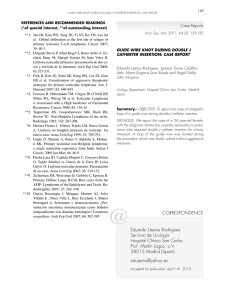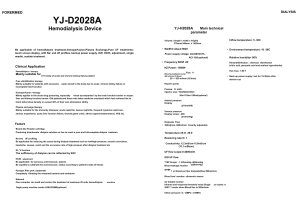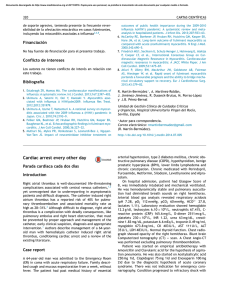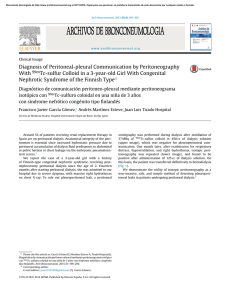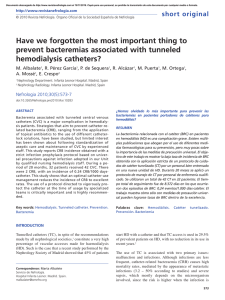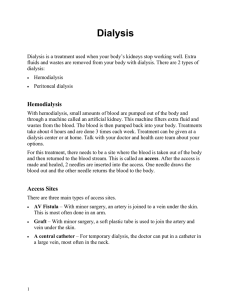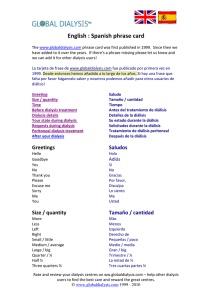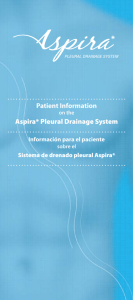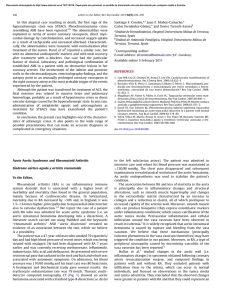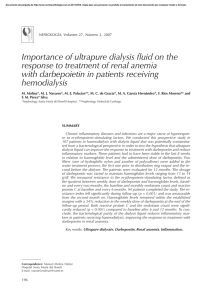Dialysis Access (Catheter)
Anuncio
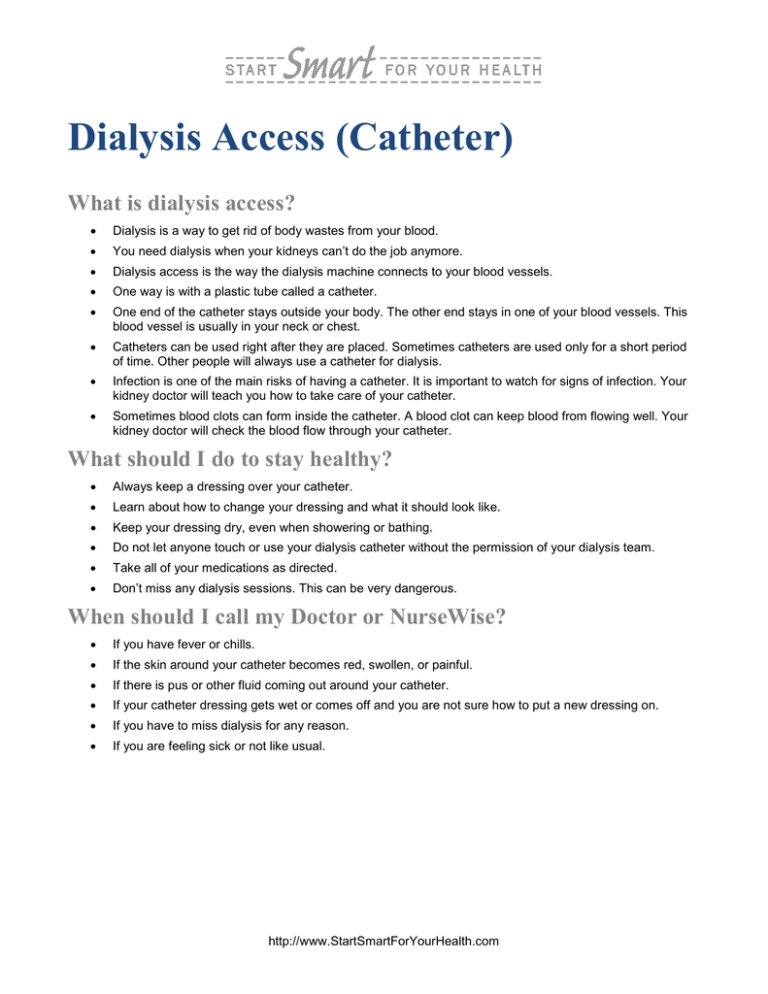
Dialysis Access (Catheter) What is dialysis access? • Dialysis is a way to get rid of body wastes from your blood. • You need dialysis when your kidneys can’t do the job anymore. • Dialysis access is the way the dialysis machine connects to your blood vessels. • One way is with a plastic tube called a catheter. • One end of the catheter stays outside your body. The other end stays in one of your blood vessels. This blood vessel is usually in your neck or chest. • Catheters can be used right after they are placed. Sometimes catheters are used only for a short period of time. Other people will always use a catheter for dialysis. • Infection is one of the main risks of having a catheter. It is important to watch for signs of infection. Your kidney doctor will teach you how to take care of your catheter. • Sometimes blood clots can form inside the catheter. A blood clot can keep blood from flowing well. Your kidney doctor will check the blood flow through your catheter. What should I do to stay healthy? • Always keep a dressing over your catheter. • Learn about how to change your dressing and what it should look like. • Keep your dressing dry, even when showering or bathing. • Do not let anyone touch or use your dialysis catheter without the permission of your dialysis team. • Take all of your medications as directed. • Don’t miss any dialysis sessions. This can be very dangerous. When should I call my Doctor or NurseWise? • If you have fever or chills. • If the skin around your catheter becomes red, swollen, or painful. • If there is pus or other fluid coming out around your catheter. • If your catheter dressing gets wet or comes off and you are not sure how to put a new dressing on. • If you have to miss dialysis for any reason. • If you are feeling sick or not like usual. http://www.StartSmartForYourHealth.com


